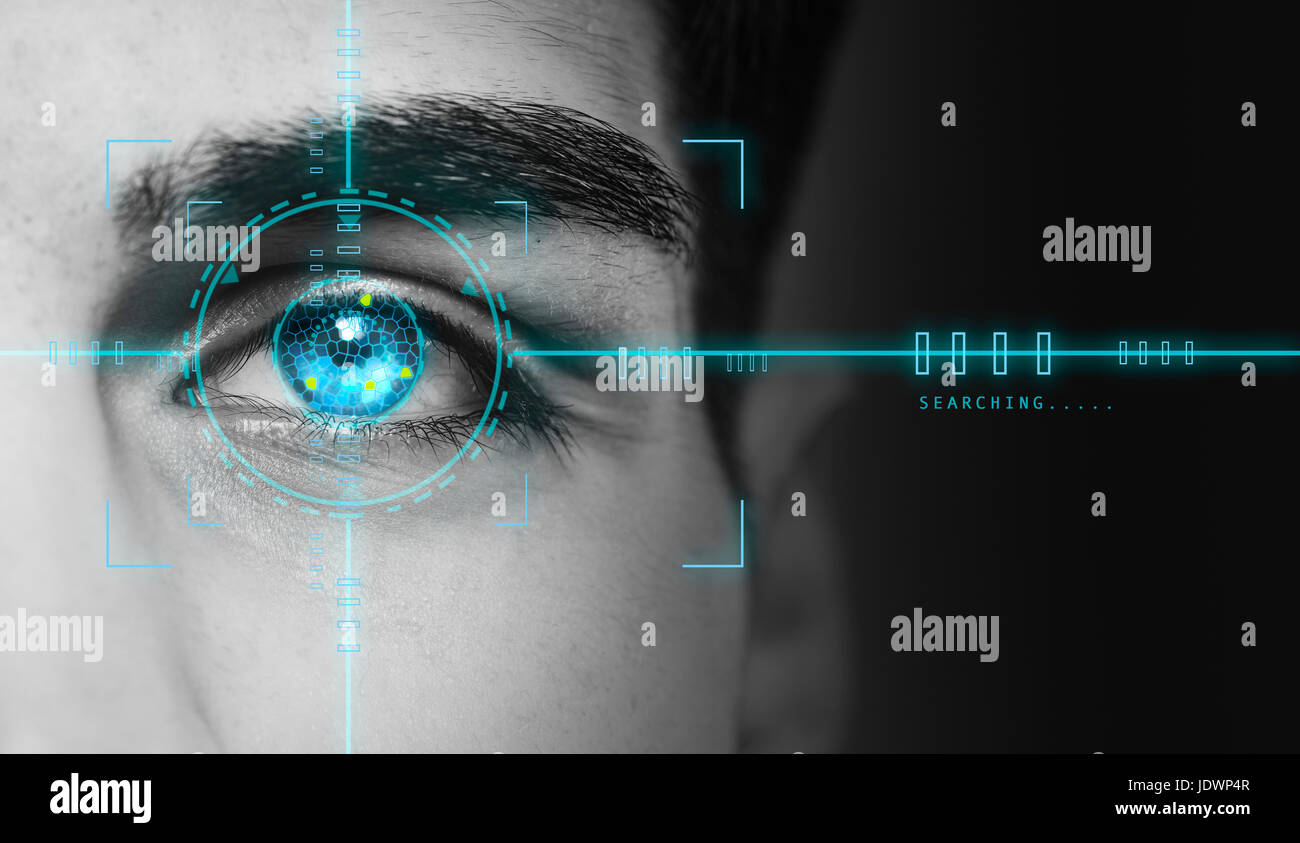
This does not alter our adherence to PLOS ONE policies on sharing data and materials. Wolfgang Wieser, Thomas Klein, Wolfgang Draxinger and Robert Huber are shareholders of Optores, and they have relevant patents licenced to Optores. The funders had no role in study design, data collection and analysis, decision to publish, or preparation of the manuscript.Ĭompeting interests: Wolfgang Wieser and Thomas Klein are working at Optores GmbH, a company commercializing fast FDML lasers.

646669) German Research Foundation (HU1006/6) and (EXC306/2), European Union within Interreg Deutschland-Danmark from the European Regional Development Fund in the project CELLTOM, Bundesministerium für Bildung und Forschung (BMBF) 13GW0227B project Neuro-OCT. This is an open access article distributed under the terms of the Creative Commons Attribution License, which permits unrestricted use, distribution, and reproduction in any medium, provided the original author and source are credited.ĭata Availability: All relevant data are available in the Figshare Repository at DOI: 10.6084/m9.figshare.7857503.įunding: Funded by European Union (ERC CoG no.

Received: MaAccepted: FebruPublished: March 28, 2019Ĭopyright: © 2019 Kolb et al. (2019) Live video rate volumetric OCT imaging of the retina with multi-MHz A-scan rates. Applying advanced post processing concepts for numerical refocusing or computational adaptive optics should be possible in future with such a system.Ĭitation: Kolb JP, Draxinger W, Klee J, Pfeiffer T, Eibl M, Klein T, et al. We show that this volume rate is high enough to enable a sufficiently stable optical phase to a level, where remaining phase errors can be corrected. For the first time, we present point scanning volumetric OCT imaging of the posterior eye with up to 191.2 Hz volume rate. Up to now, classical OCT was to slow for this, so our system can pave the way to holographic OCT with a traditional confocal flying spot approach. These techniques can provide additional functional information of the retina. Additionally, advanced phase-based OCT techniques require 3D OCT volumes to be detected with a stable optical phase. We show that multi-MHz A-scan rates are essential for such a device. It represents a major technological step towards the possible application of OCT-only surgical microscopes in the future which would be much more compact thus enabling many additional minimal invasive applications.
#Retina scan cost update#
We demonstrate live volumetric retinal OCT imaging, which may provide a sufficiently large volume size (330x330x595 Voxel) and high update frequency (24.2 Hz) such that the surgeon may even purely rely on the OCT for certain surgical maneuvers. To present volumetric data at a high update rate, much faster OCT systems than the ones applied in today’s surgical microscopes need to be developed. However, current commercial OCT-enhanced ophthalmic surgical microscopes provide only one additional cross sectional view to the standard microscope image and feature a low update rate. Hence, these systems can drastically improve the quality and reduce the risk of surgical interventions. The recent development of an integrated OCT system for the first time allows to look at tissue features below the surface. Please ask for Form HC1 in advance of your appointment.Surgical microscopes are vital tools for ophthalmic surgeons.


#Retina scan cost full#
Full time students who are 16 to 18 years old.Who qualifies for NHS spectacle vouchers? An eye examination within that interval may incur a charge. You are entitled to an NHS Sight Test at intervals specified by the NHS (usually, but not always, 2 years). Please bring along your NHS card or benefits booklet as evidence of entitlement. Changes in NHS regulations since 2001 mean that we may require evidence of NHS eligibility.


 0 kommentar(er)
0 kommentar(er)
